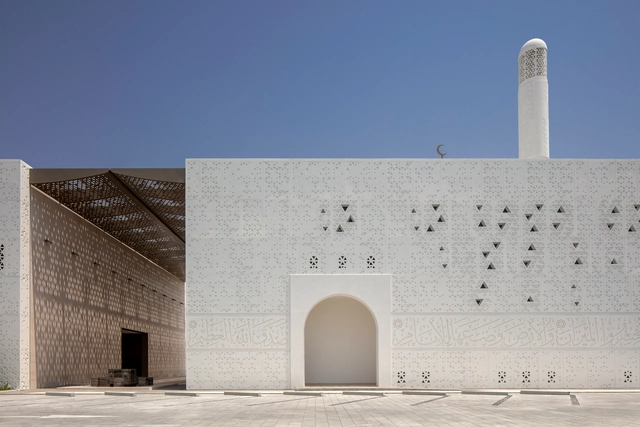
In our exploration of architectural endeavors, it is essential to recognize the persistent influence of women, particularly from the Global South, in shaping our built environment, especially the contributions of women who serve as catalysts for social change and cultural celebration. As we delve further into their narratives, it becomes evident that the architects’ lived experiences inform their creative processes, resulting in spaces that resonate with their users and surroundings. Architects like Sumaya Dabbagh, Mariam Issoufou, Tosin Oshinowo, and Marina Tabassum embody this enduring spirit of innovation and resilience.













